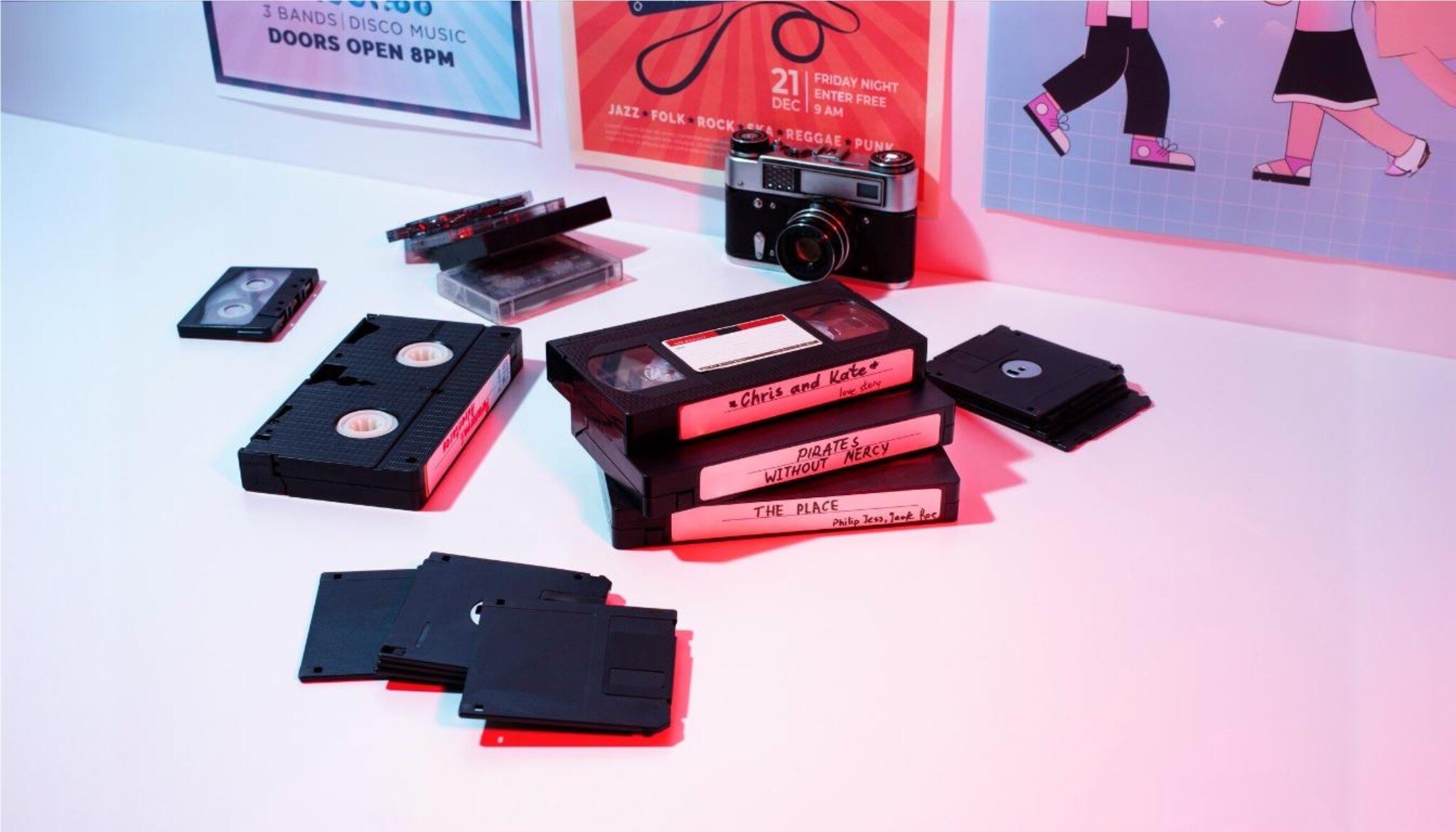Introduction: Why Convert Video Tapes to MP4?
As technology advances, so does the need to keep precious memories preserved in durable, digital formats. Video tapes, once essential for home movies, degrade over time, making it crucial to convert them to a reliable format like MP4. MP4 not only maintains quality but also allows easy sharing and editing. Here’s a journey through the evolution of video tapes and why MP4 has become today’s go-to format.
The Rise of Analog Video Tapes
VHS vs. Betamax
In the mid-1970s, video tapes became a household staple. The main contenders were VHS, introduced by JVC in 1976, and Betamax, introduced by Sony in 1975. While Betamax offered better picture quality, VHS won over consumers due to its lower cost and extended recording time. VHS tapes became the standard, and the format remains iconic.
To preserve your VHS memories, our VHS Tapes to Digital Conversion offers a reliable, modern solution to ensure long-term accessibility and protection against degradation.
The Advent of Digital Video
Digital Video (DV) and MiniDV Tapes
The 1990s introduced Digital Video (DV) tapes, which provided a significant improvement over analog formats. DV tapes were mainly used in professional settings for their superior quality. By the early 2000s, MiniDV tapes brought digital recording to consumers, offering even higher-quality recordings in a compact format.
For those with MiniDV memories, our MiniDV Tapes to Digital Conversion allows you to preserve these high-quality recordings in MP4 format.
High-Definition Breakthroughs
HDV and the First HD Camcorders
With the release of the first high-definition (HD) camcorders in 2003, HDV tapes made HD video accessible to a wider audience. Smaller and capable of recording in HD, these tapes marked a leap forward in video quality and set the stage for fully digital HD formats.
If you have HDV tapes, consider our HDV MiniDV Tapes to Digital Conversion to convert them into a digital format compatible with today’s devices.
Transition to Digital Storage
DVDs and External Storage Solutions
The mid-2000s saw DVDs become the preferred format for movies due to their superior quality. However, DVDs weren’t as practical for recording home videos. By the late 2000s, digital storage options like external drives and SD cards became more common, offering a more flexible solution for storing and transferring videos.
The Era of Online Sharing
In the late 2000s, platforms like YouTube and Vimeo transformed video sharing, allowing anyone to share videos online. This cultural shift made it easier than ever to share memories, setting the stage for the MP4 format's popularity.
MP4 Takes Center Stage
The 2010s marked MP4’s rise as the most versatile and widely supported digital video format. MP4 combines high-quality audio and video in a compact size, making it perfect for sharing, editing, and long-term storage. MP4 files are universally compatible and can be edited with most video software, making cherished video memories easy to access.
Why Convert Your Video Tapes to MP4 Now?
Video tapes degrade over time, risking the loss of irreplaceable memories. Converting tapes to MP4 preserves these memories in a stable, high-quality format that won’t degrade. Digital files can also be stored on hard drives or cloud platforms, providing additional security and easy access.
Conclusion: The Ongoing Influence of Video Tape to Disc Conversion
From VHS to HDV, the evolution of video storage reflects our desire for better quality and convenience. Today, MP4 offers a future-proof way to ensure that your cherished videos are accessible for generations. If you have old video tapes, now is the ideal time to convert them to MP4 with a trusted provider like Tapes To Digital.
Protect your treasured memories by converting your video tapes to MP4. Trust Tapes To Digital for high-quality, professional video conversion services, ensuring your media stays safe and compatible with today’s devices.


 Back
Back
 What customers say
What customers say





